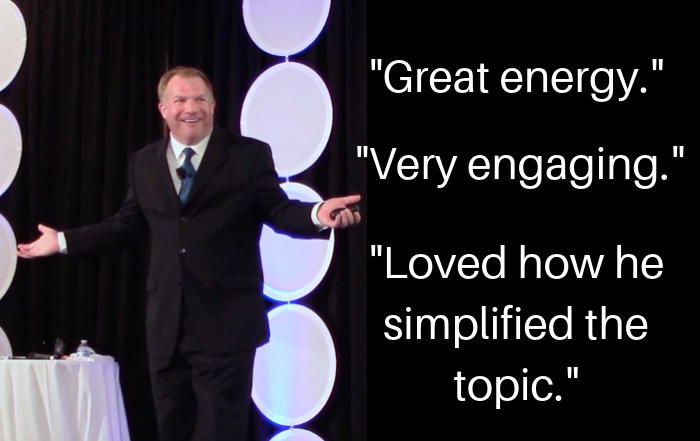 Especially when things may be hectic at work, it’s important to have effective goals. Otherwise essential changes may stall.
Especially when things may be hectic at work, it’s important to have effective goals. Otherwise essential changes may stall.
Right now, can you grab a piece of paper and write down your goals? You may discover it’s easy to say you have top priorities but harder to define them.
That becomes a major problem when you have to make quick and important decisions about the future. You need to know where you should focus your efforts because you can’t expect you and your team to try to accomplish everything.
You can have goals but if they can’t be effectively realized, then are they little more than daydreaming?
During these COVID-19 stressful days, it’s important for you to create and embrace the right goals. Use these tips to help with your process:
Determine Top Priorities
When you start to create goals, it’s easy to come up with a long list. Try to cut it down to no more than three to five things. If you have 20 goals, then you’re likely to accomplish very little.
When I worked in TV news, the most important goal was to get the newscast on the air. You couldn’t do that without the right amount of support and staffing.
You could also have a goal to have an award-winning newscast. But you couldn’t even dream of that unless you could get the product on the air. While the second goal is admirable, it’s not as important as the first.
Figure out your top priorities. Think of narrowing your goals or focus like you’re trying to launch a hot air balloon. Sometimes, you have to throw things out of the basket to get off the ground.
This doesn’t mean you can’t revisit your rejected goals in the future.
Decide How to Accomplish Your Goals
Without the right people, your goals have little chance of being achieved. It’s like buying smaller clothes with no idea of how you’ll fit into them.
To achieve an effective goal, if there’s a knowledge gap, then can it be addressed with some training? If a new plan needs more people power, then can you automate or outsource some tasks in order to free up time? Maybe daily priorities need to change.
These are calculations you need to make before you can move forward on your goals.
Effective Goals Need Internal Communication
To get employees to embrace your goals, you need to make sure they understand them. Without understanding, new ideas may encounter resistance.
It’s also smart to involve some of them in the early stages of goal development. That way potential problems can be revealed before too much time and money have been invested in a weak strategy.
You want to make any big changes as easy to follow as possible. Think of it as if you’re launching an internal public relations campaign.
You can’t just say, “Do this now,” and expect a great outcome. Instead, tell people why the change is needed, how it will improve things, and why their support is critical to the process.






